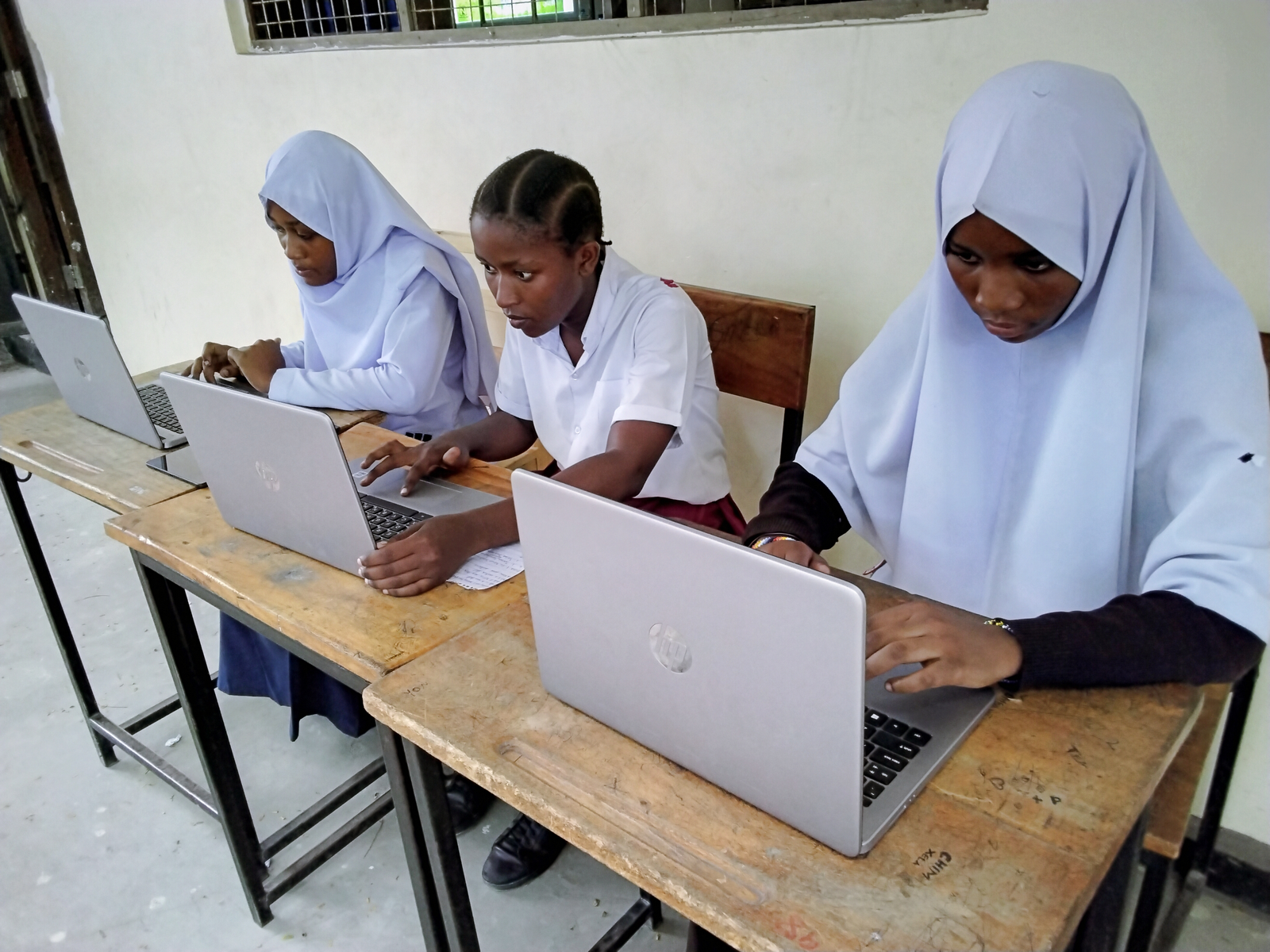
Marches, protests and vigils: how young people use non-violence to stand up for their rights
Barriers to education, Campaigns, Girls' education, Right to education
On International Day of Non-Violence, we look at some of the ways children and parents have protested for better education and against discrimination.
Mahatma Gandhi, the leader of the Indian independence movement, was a pioneer of using peaceful protest to bring about lasting change.
In the face of brutality and oppression, he said: “Non-violence is the greatest force at the disposal of mankind. It is mightier than the mightiest weapon of destruction devised by the ingenuity of man.”
That’s why every year on his birthday – October 2 – the International Day of Non-Violence celebrates a form of social struggle that has been taken up by people around the world.
One prominent example right now is the “take a knee” protests against racial injustice by American footballers in the NFL during the national anthem. Two high school footballers in Texas were thrown off the team three days ago when they also protested during the anthem – and other schools threatened to take similar action.
Here we take a look at just some of the non-violent protests and marches that have been held to promote the cause of quality education for every child or to take a stand against discrimination.
Girls’ hunger strike on harassment
A dozen Indian girls went on hunger strike in May after being harassed by men as they walked en route to their new high school.
The teenagers had to walk to another village in Rewari district in Haryana state because their local school campus had no high school classes.
After a week, the state education minister announced their local facility would be equipped as a high school with a new principal immediately.
10,000 chanting children
Theirworld’s #UpForSchool campaign to deliver education for every child was backed by 10,000 Indian children who marched in Delhi in 2015. Click on the video above.
The annual Public Day rally attracted children and activists from across India to highlight demands for children’s rights.
They chanted support for #UpForSchool and called on the Indian government to spend more on education and health.
March ends in tragedy
In 1976, between 10,000 and 20,000 South African children set out on a peaceful march to protest at the compulsory introduction of Afrikaans into schools. It was the language of the white minority and was seen as a tool of oppression.
When the crowd found their way blocked by police, they moved towards Orlando High School. There, police fired teargas and students responded by throwing stones. Police began shooting at the children.
There are various reports of how many people died – 176 is the figure usually given but some estimates put the toll at 700. To commemorate the Soweto victims, June 16 was declared as the annual Day of the African Child.
Primary kids block the road
Primary schoolchildren used their desks to block a main road in the Kenyan capital Nairobi after their school was demolished in May.
The Kenyatta Golf Course Academy was knocked down following a land dispute. Many schools have been demolished in similar disputes in recent years.
In 2015, Kenyan police fired tear gas at a crowd, including schoolchildren, protesting the closure of their school playground following its apparent sale to property developers.
Mothers demand free education
Thousands of women took to the streets of Bulawayo in Zimbabwe last year to demand free education for their children.
The protest dubbed #BoycottSchoolFees was organised by Women of Zimbabwe Arise, who presented a petition to government ahead of the new school term.
According to parent associations, thousands of children had been thrown out of classes around the country for failing to pay tuition fees at a time when millions of people have no jobs.
Pink shirts against bullies
Anti-Bullying Day is marked every year in Canada – after being started by two high school students in 2007.
When a boy was bullied for wearing a pink shirt, David Shepherd and Travis Price of Berwick, Nova Scotia, bought 50 pink shirts and asked fellow students to wear them in support.
The boy wasn’t harassed again and Anti-Bullying Day – or Pink Shirt Day – took off. In 2012, the UN declared May 4 to be annual Anti-Bullying Day.
#BringBackOurGirls vigils
Since the abduction of 276 Nigerian schoolgirls in Chibok in 2014, there have been daily vigils and regular marches to put pressure on the government to find them.
Peaceful protests and commemorations were held around the world on the first anniversary of the kidnappings.
Many of the girls have been rescued or set free by Boko Haram but more than 100 are still missing.
http://www.youtube.com/watch?v=QsNB1lnX7_Y
Marching for education
Almost 1000 people in Kibera – Kenya’s largest urban slum – marched in support of education for all children around the world in 2014.
School teachers, parents, pupils and members of the local community walked through the streets with #UpForSchool T-shirts and banners, cheered on by watching crowds.
The march ended with an event featuring music, performances and speeches in support of education to provide children and their families with a better future.
Protesting for immigrant rights
On the first day back at school earlier this month, many students in Denver walked out of their classrooms in protest at President Donald Trump’s decision to end a programme that protects 800,000 young immigrants from deportation.
It was brought in five years ago to help those who entered the United States illegally as children – known as “Dreamers”. They are entitled to free public education like every other child.
As well as Colorado, high school students have protested the decision in other states including California and Arizona.
More news

